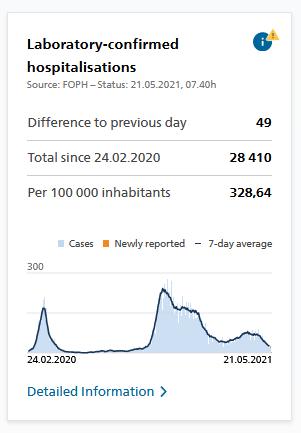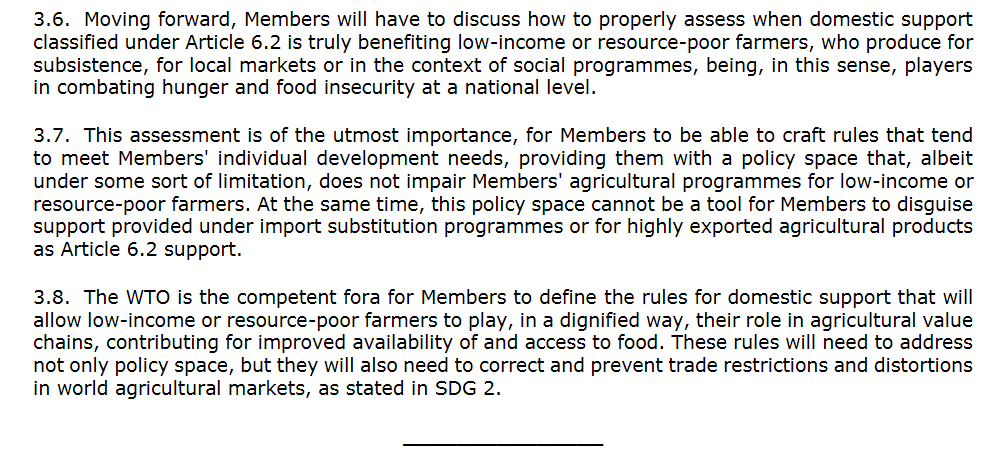
The recently-announced US proposal for the WTO fisheries subsidies talks—on the use of forced labour—is now available on the WTO website: docs.wto.org/dol2fe/Pages/S…
It was not discussed in today's negotiations session, but the talks will continue on Saturday and and Monday.
1/2
It was not discussed in today's negotiations session, but the talks will continue on Saturday and and Monday.
1/2

The US proposal refers to the chair's latest draft ⬇️
Meeting on Saturday is unusual. It seems to be part of the effort to accelerate the talks so that all or most of the issues are settled by July 15 when ministers are due to meet online.
2/2
tradebetablog.wordpress.com/2021/05/11/fis…
Meeting on Saturday is unusual. It seems to be part of the effort to accelerate the talks so that all or most of the issues are settled by July 15 when ministers are due to meet online.
2/2
tradebetablog.wordpress.com/2021/05/11/fis…
PS The US floated the idea in April. Today's focus was on special treatment for developing countries in provisions on illegal, unreported and unregulated fishing.
The US proposal may be discussed whenever the talks move to illegal, unreported and unregulated fishing in general
The US proposal may be discussed whenever the talks move to illegal, unreported and unregulated fishing in general
Update, Sat May 29:
Today's focus: illegal, unreported and unregulated (IUU) fishing
Members on different sides of the debate are said to have described the chair's text as helpful in narrowing differences. Differences remain, though.
More meetings scheduled every 2-4 days
Today's focus: illegal, unreported and unregulated (IUU) fishing
Members on different sides of the debate are said to have described the chair's text as helpful in narrowing differences. Differences remain, though.
More meetings scheduled every 2-4 days
• • •
Missing some Tweet in this thread? You can try to
force a refresh








































